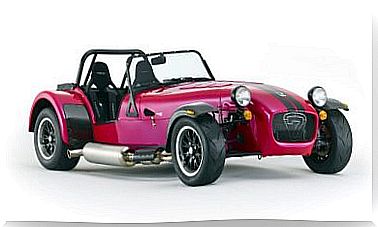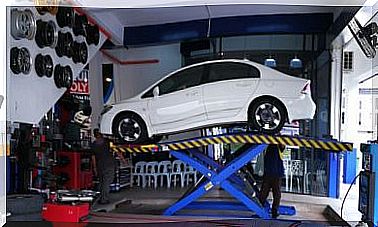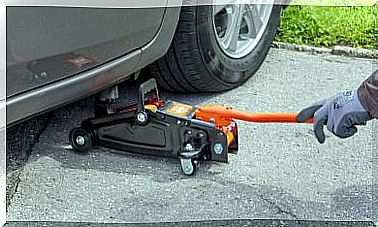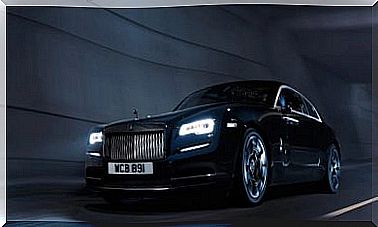How Do Section Radars Work?
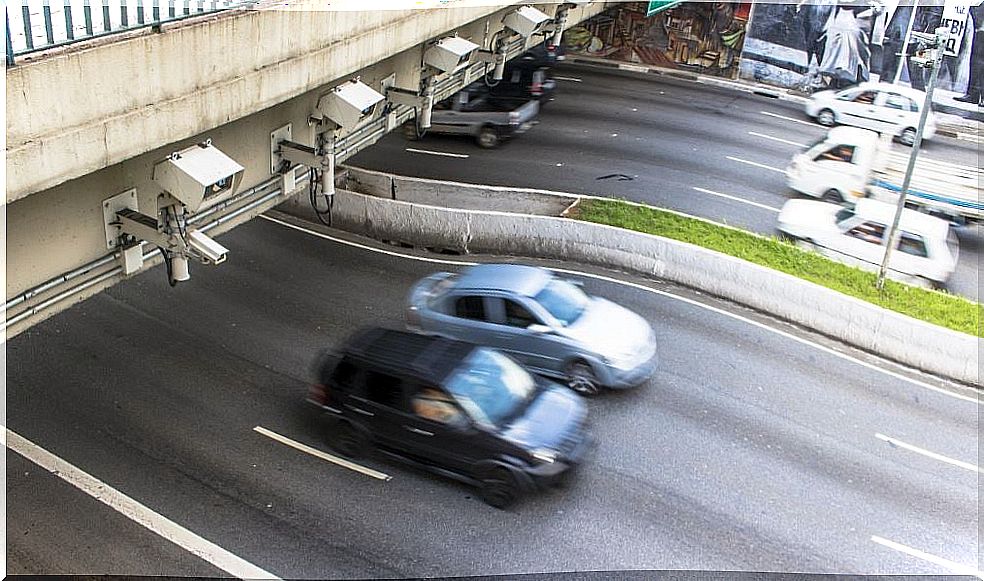
Stretch radars are a true nightmare for drivers, but there is an important reason for their placement: to protect ourselves. These devices are not simple machines to collect fines, but corrective with which the State seeks to lower road accident rates. From the Spanish Government and the European Union itself, high speed is linked to the increase in traffic accidents, indicating it as one of the most influential risk factors.
And it is not that going faster is always a cause of loss, but logically, driving at high speeds reduces the driver’s reaction time to avoid it, and worsens the result in the event of an unfortunate event. Also, at high speeds you are much more likely to lose control of the car.
Preventing accidents and raising awareness among the driver are the primary objectives of this technological implement that is proliferating in Spain. But let’s see how it works.
The technology behind speed cameras
The current operating process of these radars is very simple and practical, at each beginning and end of the section, there are infrared radars, and when we enter this road segment, the first radar takes a photo of our car and license plate; so that later, when leaving the measurement area, a second radar does the same.
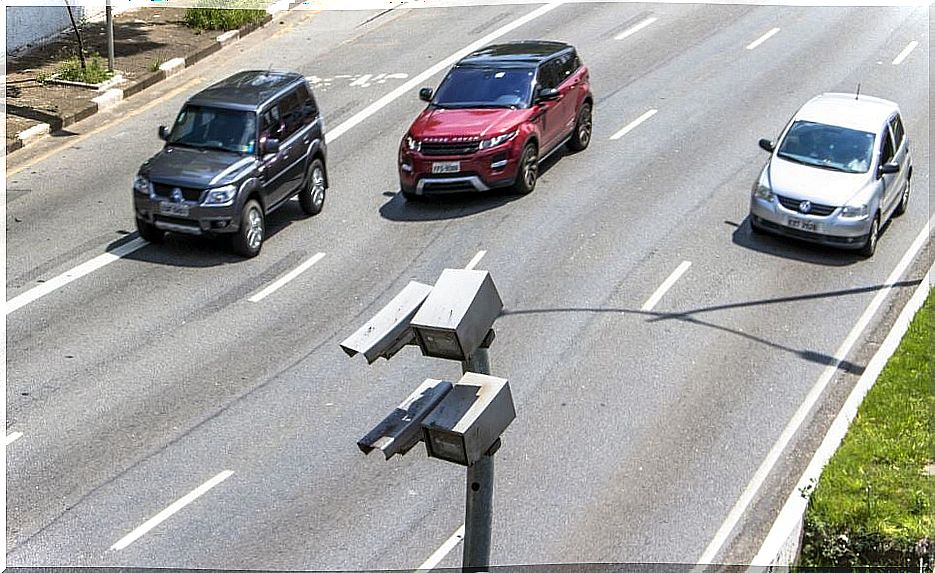
How are they able to calculate the speed of a car? When the measurement occurs, the time in which we have passed through each of the measuring instruments is taken. At the end, the hours of both radars – the one at the beginning of the section and the one at the end – are compared, obtaining the information necessary to calculate the speed.
If we go back a long way, to our physics classes in school, we will remember that speed is calculated with time and distance. That is precisely what section radars do: they calculate the times in which we make the route that separates the first radar from the second.
Obviously, the measurement system and the authorities know how long it takes a car to travel a section at the permitted speed.
How is the fine generated?
When the automated system detects that a driver has violated the speed limit, it sends the photos of entering and leaving the vehicle to the DGT’s Automated Complaints Treatment Center.
Once there, if the violation is confirmed, said department sends the notification of the fine to the owner of the car. Remember that the photo records the registration number and therefore, it will be the owner of the vehicle to whom the fine is destined.
But we must not only be cautious with the law before section radars. In fact, there are mobile radars in police vehicles and even more advanced ones in their helicopters. This forces us to adhere to the law at all times, not only for our safety, but also for the economic factor.
Some myths about section radars
There are those who, in an attempt to falsify the information perceived by the radar, change lanes to try to evade the infraction. In fact, this is completely useless, due to the wide range of the radar at the time of taking the photo. And as explained, it is not the speed of the car that is measured directly.
There are also drivers who, knowing how the system works, suddenly slow down in some part of the section. This practice is dangerous, because if we go drastically from 100 km / h to 70 km / h, we could collide with another vehicle or lose control.
It is true that there are devices capable of detecting the existence or proximity of radars. However, if traffic officers discover that we have this type of device, it could penalize them in the same way.
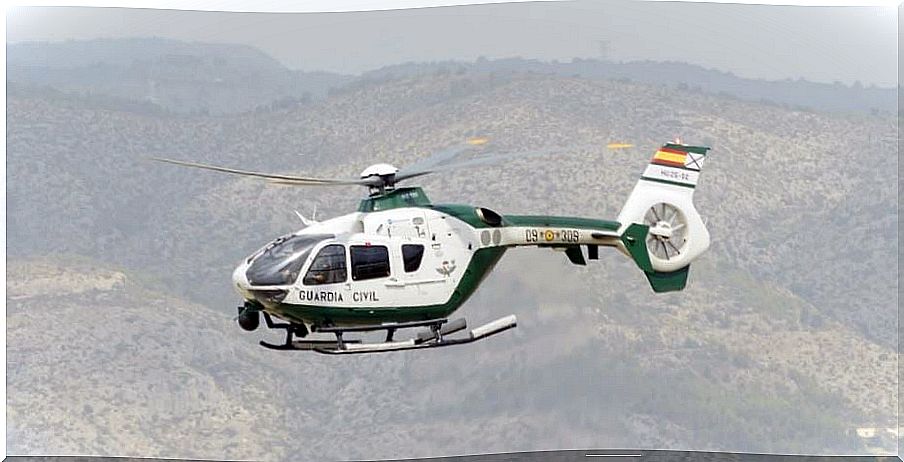
Types of radars for speed detection
The section radars are not the only ones that exist in Spain, we can find fixed detectors, but also mobile devices, both in cars and police helicopters. Recently, the motorized agents of the Civil Guard have released 60 measuring instruments.
In addition, there are others that record the moment we pass a red traffic light. In Spain there are about 800 fixed measuring instruments, 16 of section and 6 Pegasus helicopters. Of course, this number is always increasing. In addition, this type of radar is not only found on roads, we can also find them at the exits of cities and some urban areas.
Authorities are implementing this technology near black spots and high-accident sections. This confirms that its function is to directly influence the reduction of traffic accident figures in the country.


